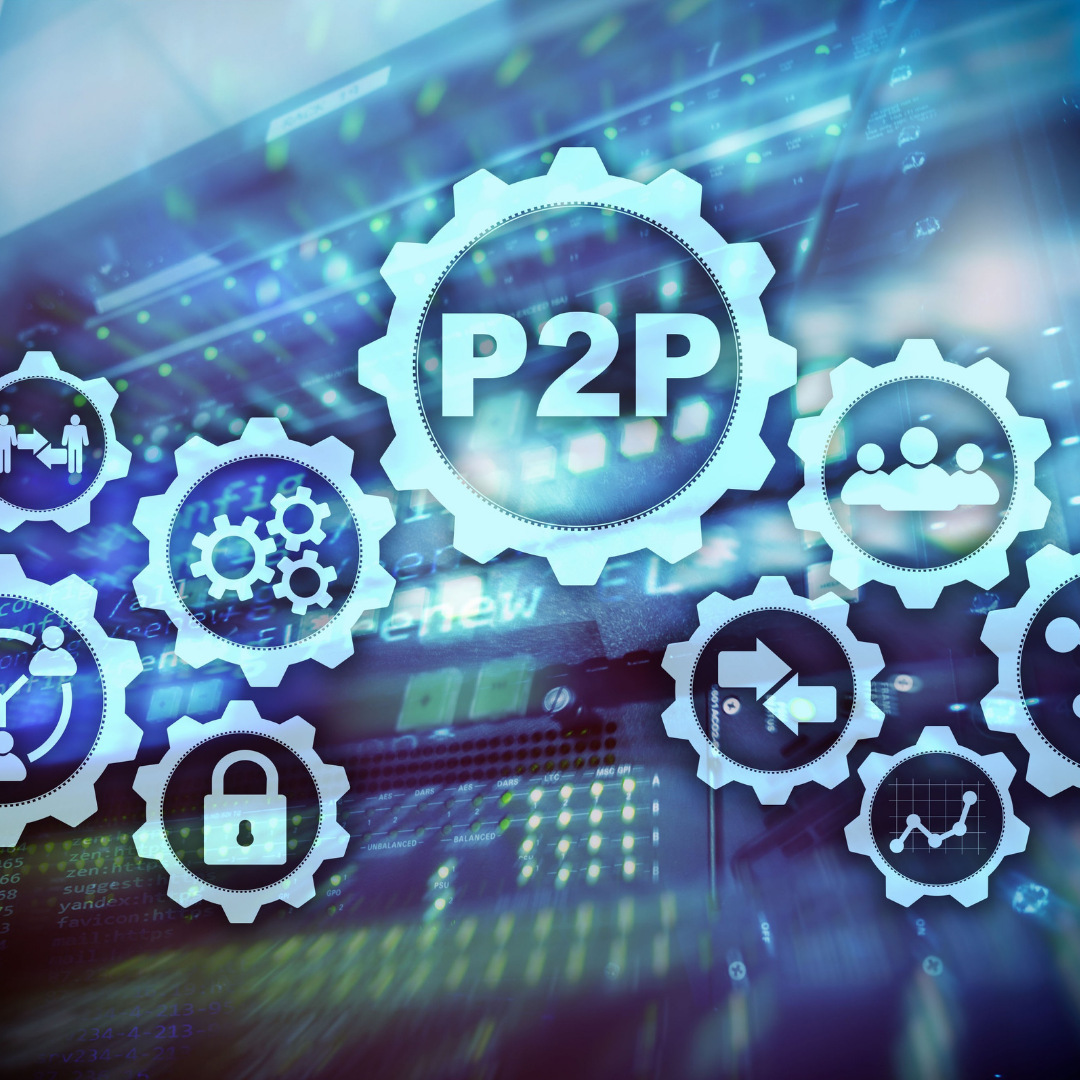Procure to Pay (P2P) is a supply chain management concept that refers to purchasing, receiving, and storing goods and transporting them using the least amount of resources. The idea is that you are more likely to get more value out of the same amount of money when you purchase items in small quantities, distribute them to different locations and then transport them to the destination than if you purchase all the items at once. It’s a way to get the most for your money by reducing transportation costs, as well as inventory and capital investment.
It’s a fresh way of acquiring goods and services that introduces a set of new processes and procedures aiming to enhance efficiency and cut down costs. Let’s take a supermarket as an example. Instead of going through traditional steps, you can directly pay for products from Food Distribution Companies such as Wanis. After receiving the goods, you can then store and sell them. While this is a simplified illustration, the same method can be applied across various industries for improved efficiency and cost reduction.
How does it work?
Procure to Pay (P2P) is the technology that allows buyers to pay the supplier directly, bypassing the mediator. It is a channel that enables the buyer to pay to the supplier’s bank account directly. This can be a quicker, safer, and more efficient process than using bank drafts and cheques, which often carry a high risk of fraud.
In fact, the buyer can also choose to pay through his credit card, at times when he is low on cash. This way, the flow of products and currency would be intact. As well, the demand too would be met. Needless to say, credit card transactions are complex and fascinating, but businesses may need to learn its processing. This can help them cater to the needs of all kinds of buyers.
With that said, P2P is accomplished by doing two or more related activities in parallel or one after the other. It is the practice of obtaining a contract for a product or service, but with the agreement that the vendor will pay for the service after the order. The purchaser buys the product without specifying the due dates or quantity/size of the product. This, in turn, allows the vendor to pay for the service promptly and at the end of the order.
What are the benefits of Procure to Pay (P2P)?
- It is a way to get paid to help other people achieve their goals, whether that is through sharing your skills with others, helping them find a home or a car, or recommending their services. It’s a way to earn while you learn, and it’s the future of work.
- It is a transport and logistics system where buyers and sellers of goods, services, and assets can meet each other and trade using the Internet. The benefits of P2P include lower transaction costs, improved accuracy of transactions, greater flexibility, reduced costs, and improved efficiency in the supply chain.
- It allows companies to save costs and reduce the risks of payment delays by transferring part of the payment from the supplier to the buyer. This allows payment to be made much faster and is often more cost-effective for the buyer, who doesn’t have to pay interest on their money and can get their goods much quicker than if they were waiting for the supplier to pay their invoices. P2P has increased significantly over the last 20 years and is now used by over 50% of the world’s companies – more than the rest of the world combined!
- It is a new way of sourcing products and services that promises to gain cost efficiencies and improve supplier relationships. P2P is a form of sourcing in which suppliers are paid on a pre-paid basis, in the form of receivables. It is designed to improve cost efficiencies and supplier relationships by breaking down supplier costs into two separate payments: initial and invoiced goods.
- It is a system where suppliers and buyers can connect, exchange and manage payment, delivery, and inventory details online, in real-time. In this way, suppliers can find more interested buyers and keep track of their inventory. Buyers can find suppliers who provide the products they are looking for and exchange payment details. Both parties can also review the status of the transaction, either paid in full or under dispute, to make sure there are no problems.
The concept is to procure goods and services directly from suppliers or suppliers’ representatives on behalf of a consumer. This concept is also known as “e-procurement”, “e-business”, “electronic procurement”, or “electronic procurement and supply”.
